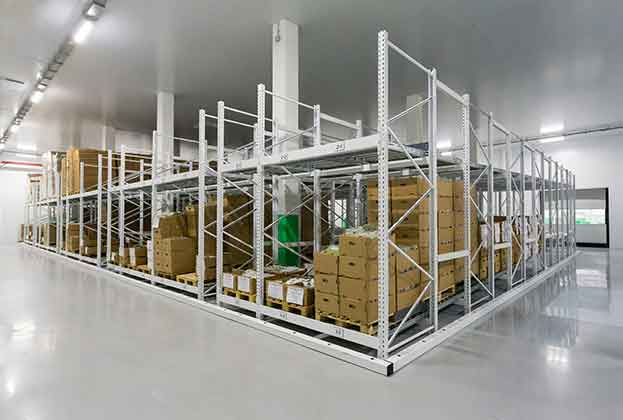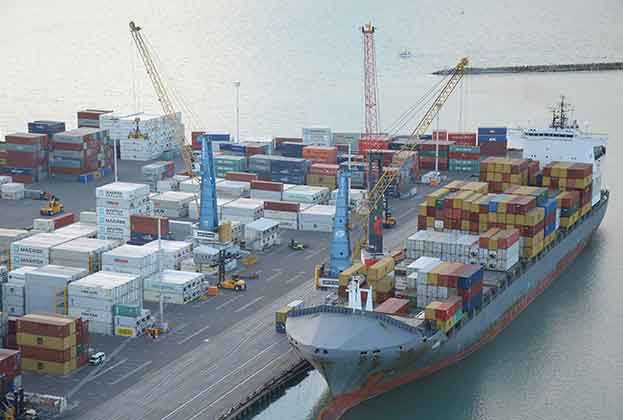The growth in e-commerce and online retail over the last decade is fundamentally changing the way in which companies structure their supply chains, in response to both shifting customer purchasing patterns and their expectations of service levels. It’s also thrusting the industrial and logistics sector into the market spotlight.
Although frequently referenced, Amazon has been the pioneer of this e-commerce growth and has re-calibrated the logistics investment sector from a regional to a global scale. Within both the UK and Europe, market sentiment is buoyed by the confidence of securing global occupiers and the security and reputation they bring.
Real estate within a supply chain represents the most tangible but least flexible anchor points of a supply network. With the rise of e-commerce and the increased agility demanded by this growth, there is a critical need for companies to incorporate this when making real estate decisions.
As a physical entity, real estate agility has to stem from two main aspects: the commercial characteristics of leases and the physical design and specification of a building. This includes location relative to entities up and down the supply chain, adaptability of capacity, level of automation and internal layout. However, operational requirements must also feed into this.
In practice, the real estate decisions of businesses are not often based on optimised operational, supply chain and locational factors. They are much more commonly the result of working with existing stock, at which point decisions are then bounded by financial, and often time-based constraints. A ‘preferred’ location may only be a financially viable location, or a location that fits basic capacity requirements, or maybe one that is ‘available now’.
With a few exceptions, there is a demonstrable gap between supply chain best practice for a company and its product/service and the warehousing and logistics real estate decisions being made. Analysis carried out of transaction patterns over the last eight years illustrates that emerging supply chain trends are yet to fully crystallise into executed real estate decisions at a national level.
The disconnect between supply chain and real estate strategy is often much more pertinent in large, multi-departmental businesses that operate a multitude of siloed teams and structures. If there is an informational void between what have traditionally been called 'operations' and 'real estate' teams within a business then a property procurement strategy will lag behind a business’s current supply chain requirements.
To mitigate the disconnect described above, we need to be able to bridge the gap in order to prevent information black holes. Essentially, both supply chain and real estate advice need to overlap to create the best overall outcomes for occupiers, landlords and developers.
What must be clearly defined by businesses are what commercial priorities are driving their real estate location and specification decisions.
Finally, we need to ask the question do these priorities truly align with the logistics and supply chain strategies of that business, both now and in the medium and long term?


.jpg)





.jpg)

.jpg)